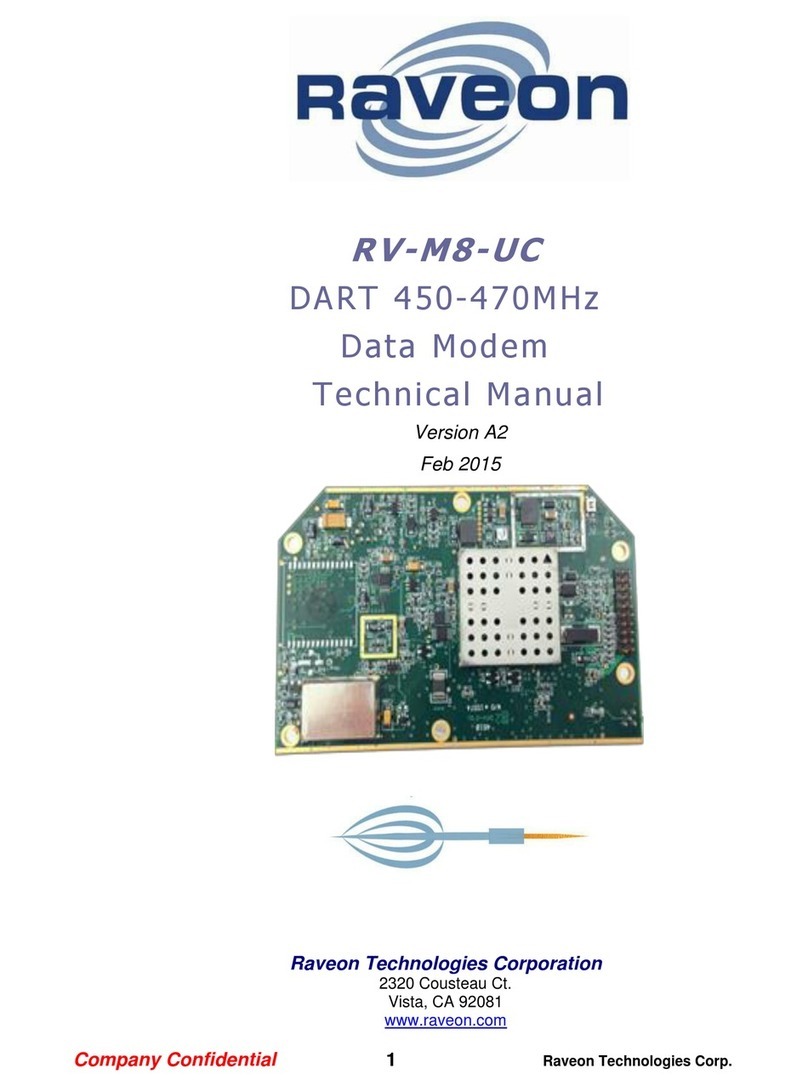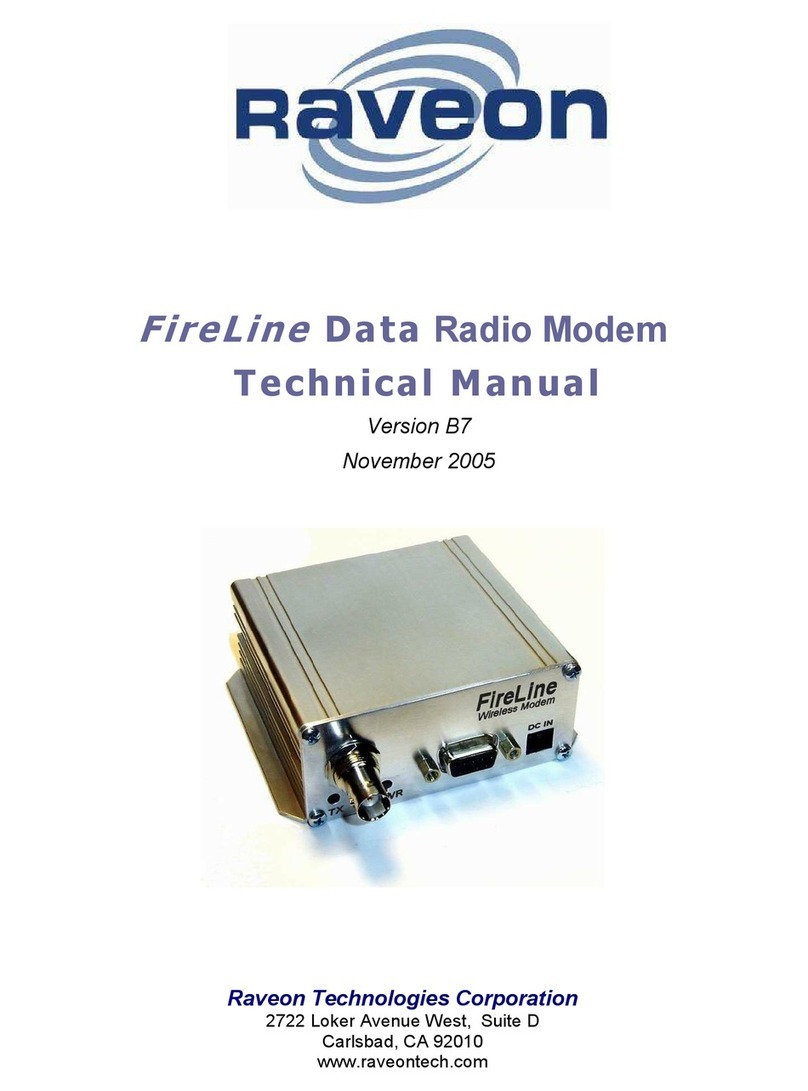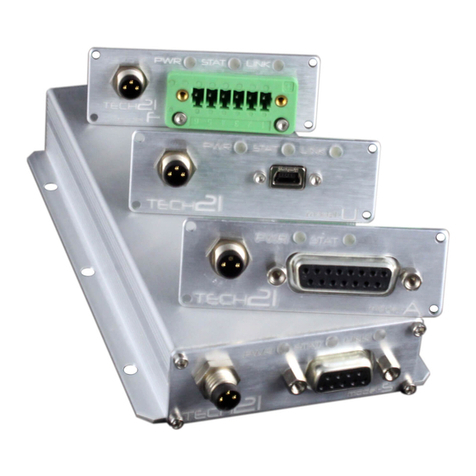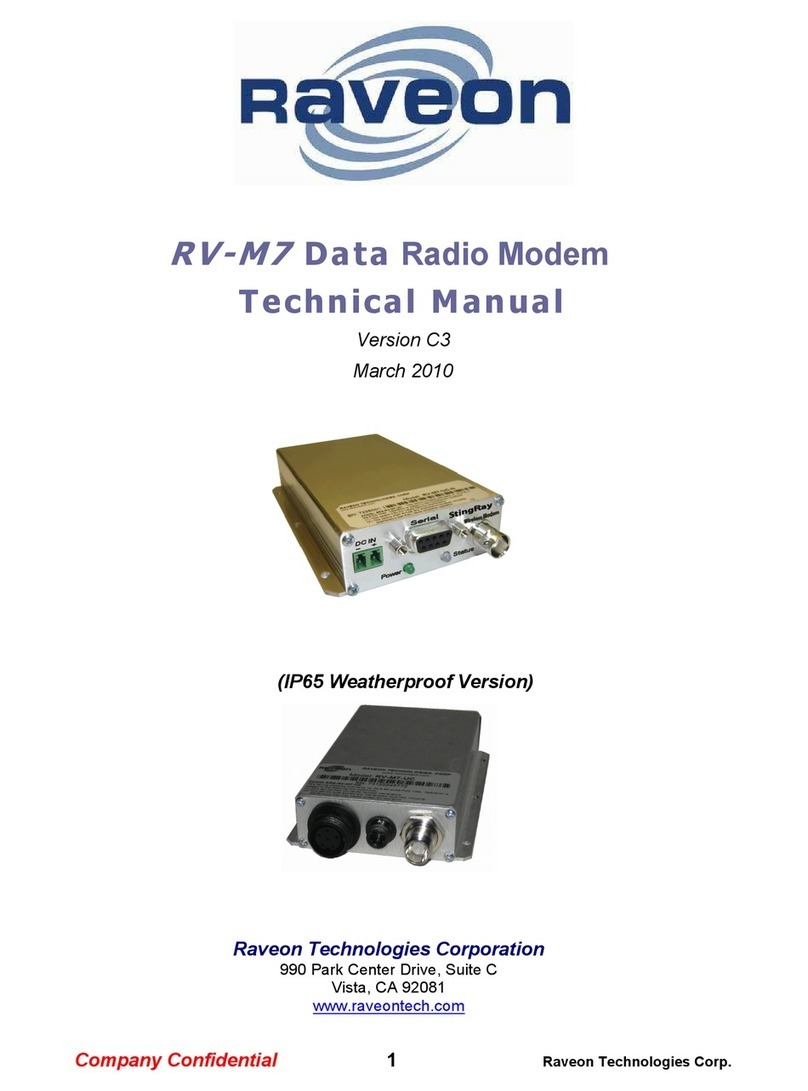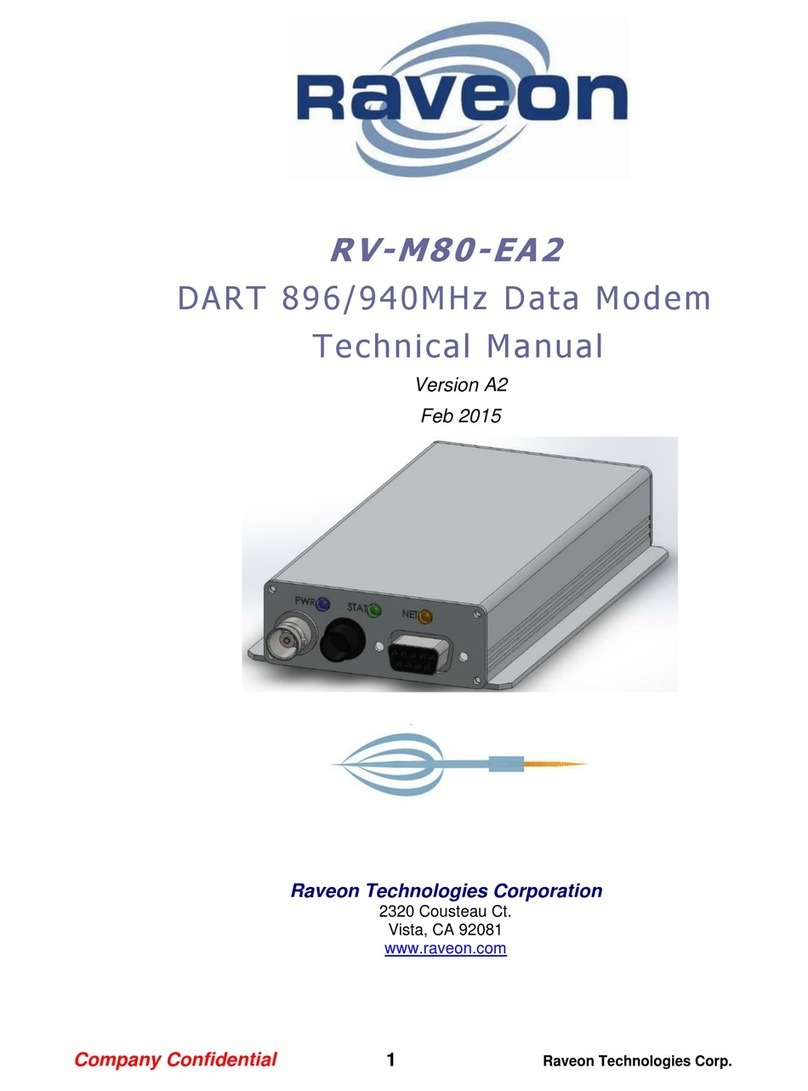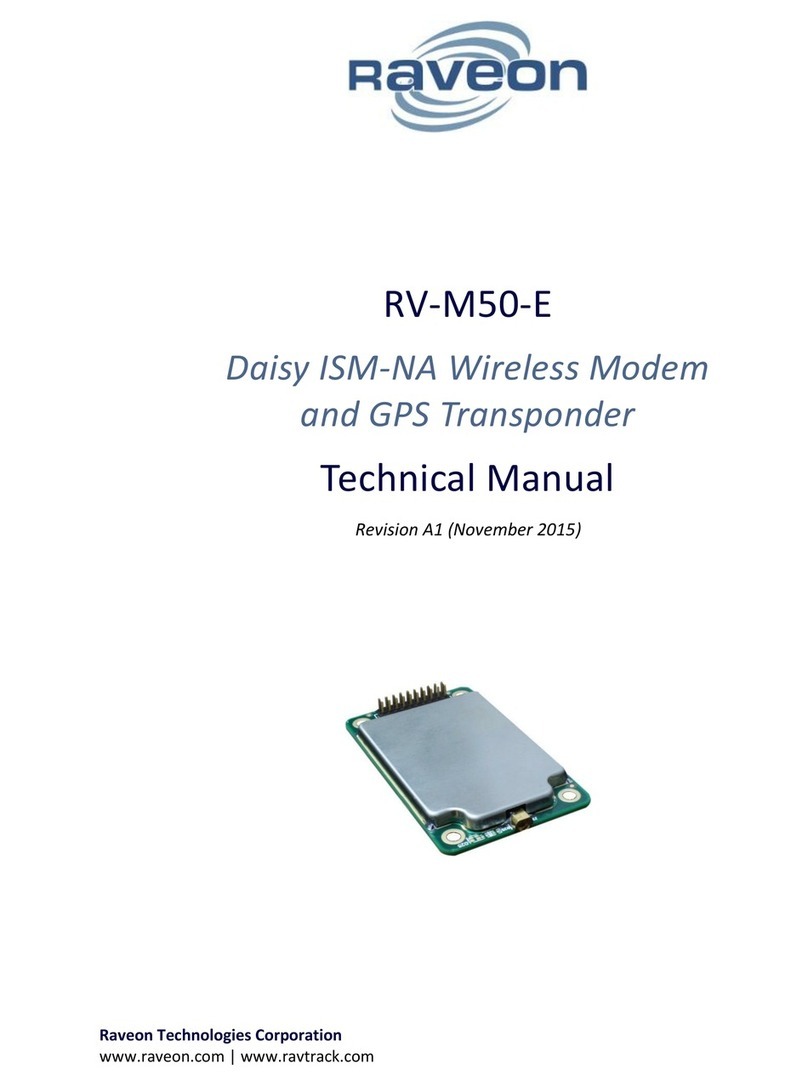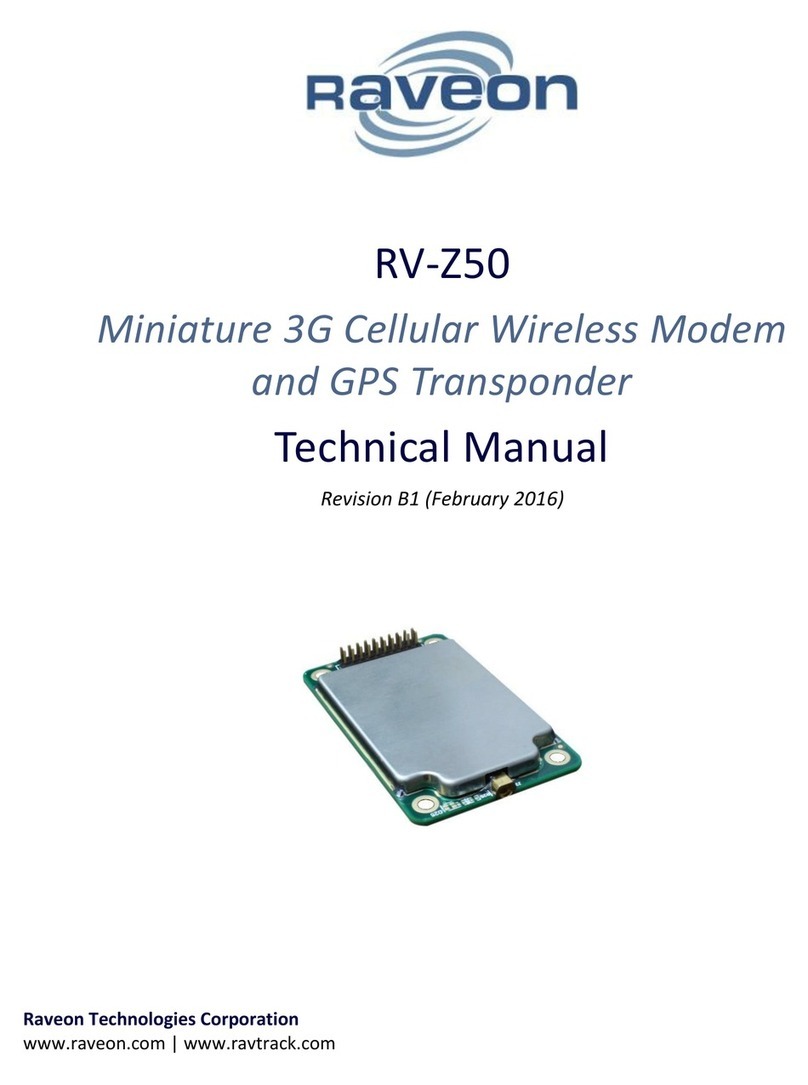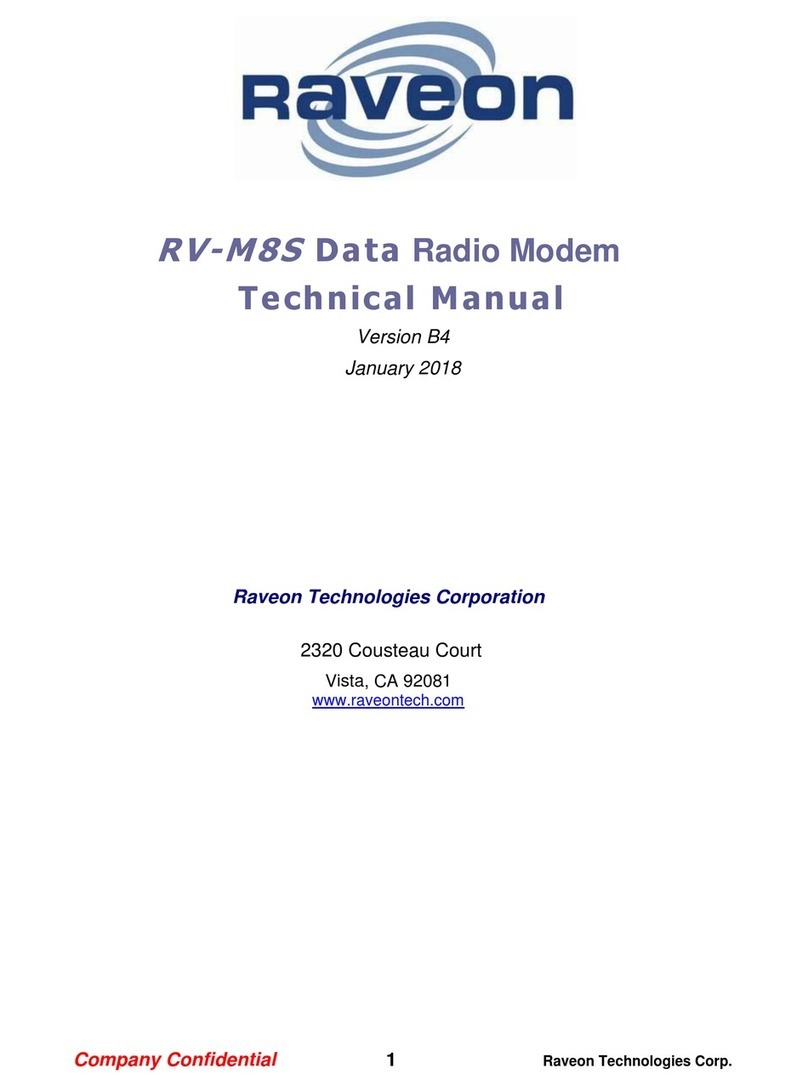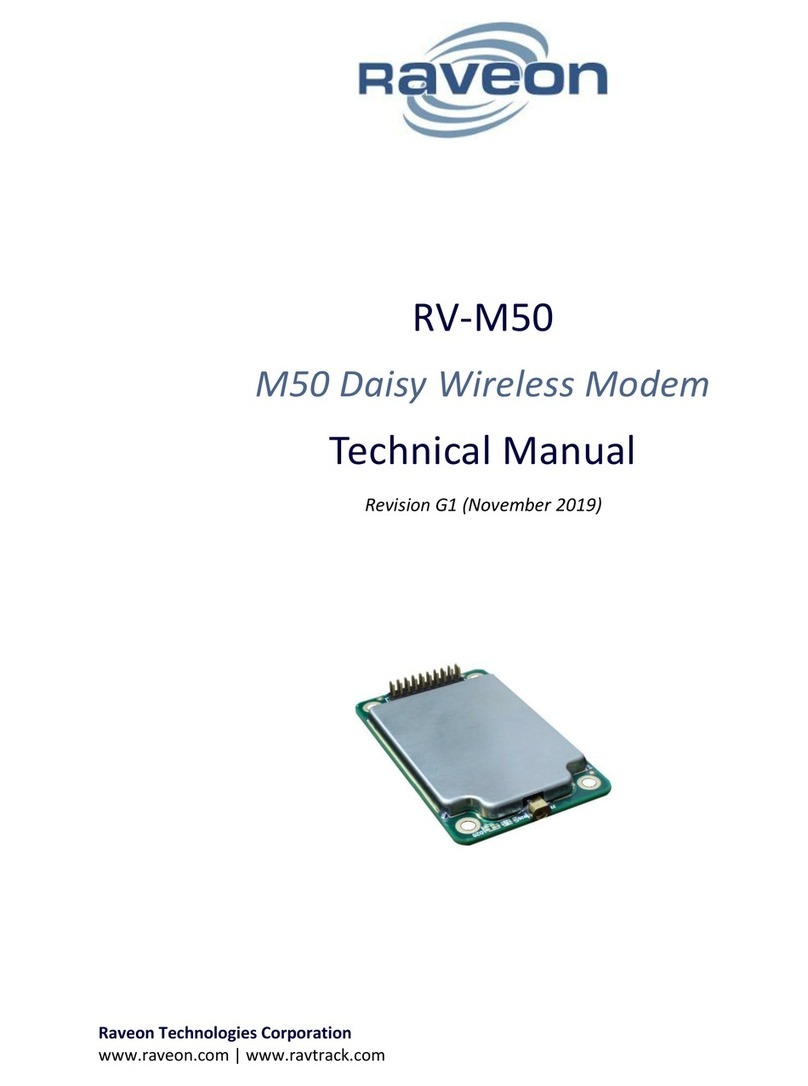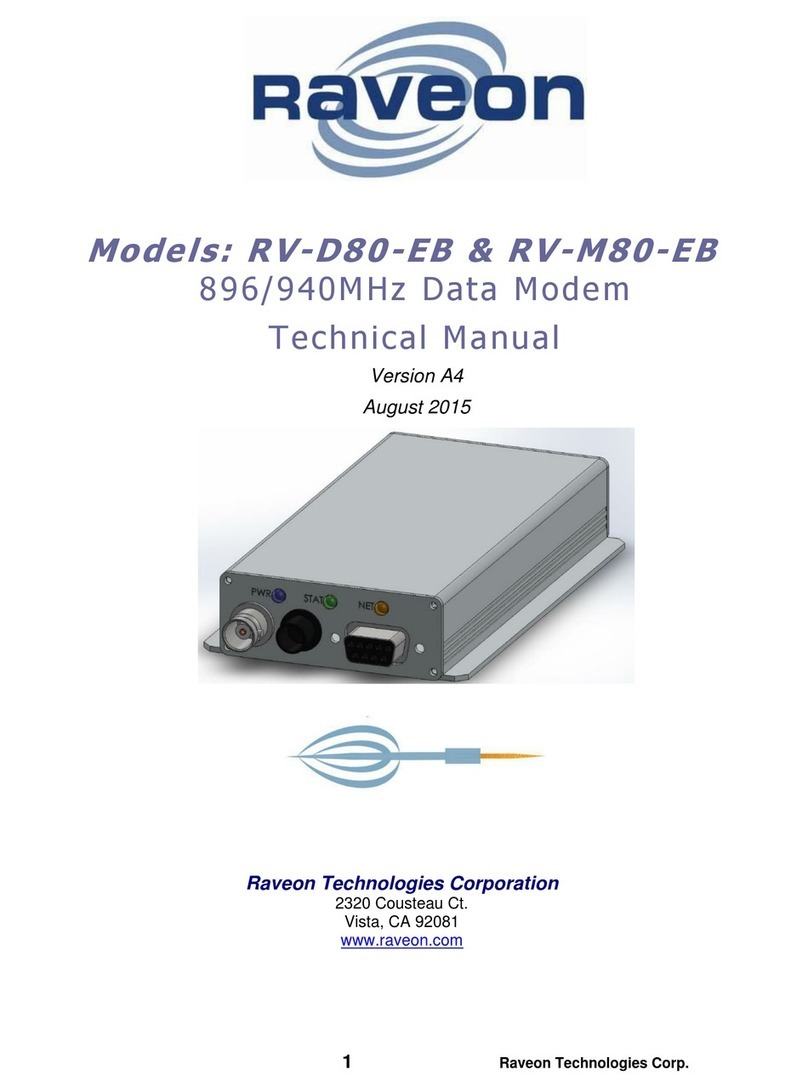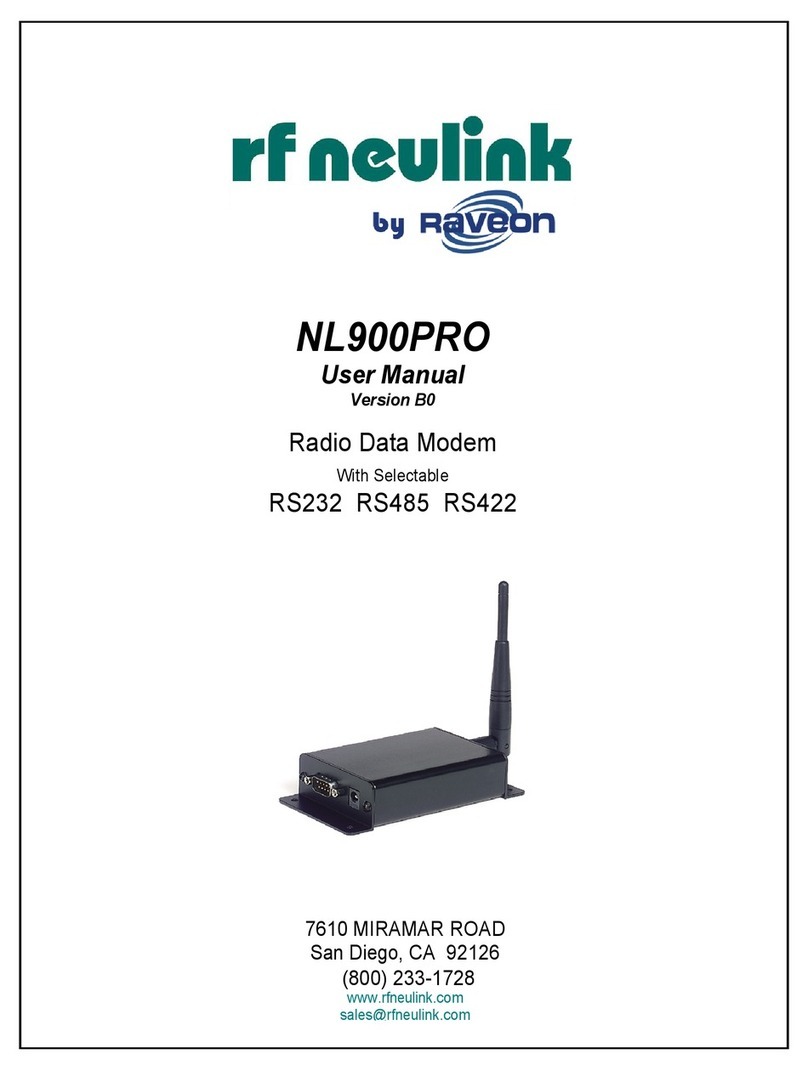
RV-Z50-E Quick Start
1Contents
2 Overview ...............................................................................................................................................4
3 Evaluation Kit ........................................................................................................................................4
4 Mechanical............................................................................................................................................5
5 Input and Output .................................................................................................................................. 5
5.1.1 LED ........................................................................................................................................5
5.1.2 Universal Wireless Radio Connector..................................................................................... 5
5.1.3 Connecting to Power............................................................................................................. 6
5.1.4 RF Antenna Connection ........................................................................................................6
5.1.5 GPS Antenna Connection......................................................................................................6
6 Operational Modes and Configuration.................................................................................................8
6.1 Carrier Data Connections..............................................................................................................8
6.2 Uplink Data (From Z50).................................................................................................................8
6.2.1 Configuring the Modem for Data Transmission.................................................................... 8
6.2.2 Data Reception......................................................................................................................9
6.3 Downlink Data (To Z50).................................................................................................................9
6.3.1 Configuring the Modem for Data Reception ........................................................................9
6.4 Communication between Z50s ..................................................................................................... 9
6.5 GPS Position Transmission............................................................................................................9
6.5.1 Idle Transmission Rate ........................................................................................................10
6.5.2 Active Transmission Rate ....................................................................................................10
6.5.3 Report Format.....................................................................................................................10
6.5.4 Local Position Information..................................................................................................10
6.5.5 Deep Sleep ..........................................................................................................................10
6.6 Data Reception............................................................................................................................10
6.6.1 GPS Position and Status ......................................................................................................10
6.7 Local NMEA data from the internal GPS.....................................................................................11
6.8 Pass-Through Mode ....................................................................................................................11
7 Command Mode .................................................................................................................................12
7.1 Command Mode Encoding and Line Format ..............................................................................12
7.2 Entering Command Mode...........................................................................................................12
7.3 Using Commands ........................................................................................................................12
7.4 Exiting Command Mode..............................................................................................................13
7.5 Configuration Commands ...........................................................................................................13
7.6 Data Communication Commands ...............................................................................................14
